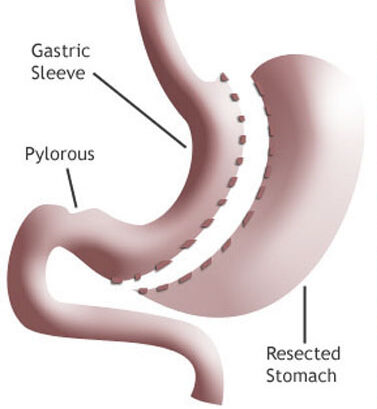
Single-anastomosis bypass – an attractive alternative?
According to a paper published in the Scandinavian Journal of Surgery, the single-anastomosis gastric bypass “may be an attractive alternative metabolic operation”. Also known as the one-anastomosis gastric bypass or mini gastric bypass, the procedure can result in a shorter operative time, fewer short- and long-term complications, improved and sustained excess weight loss and is more effective in terms of resolutions of comorbidities compared to standard RYGB, the paper states.
Introduced by Dr Robert Rutledge in 2001, the single-anastomosis bypass has increased in popularity due to its simplicity and apparent safety and effectiveness. The benefits include:
- fewer sites for leakage and internal hernia
- easier and faster to learn and perform
- easier to reverse and revise
Despite such benefits, the author of the paper, Professor Mikael Victorzon from Vaasa Central Hospital, Vaasa, Finland, warns there is a risk of symptomatic biliopancreaticoduodenal reflux, iron deficiency anaemia and marginal ulcers, and further studies with vigorous long-term follow-up are required.
Therefore, he undertook a literature review to ascertain current date on the clinical outcomes. In total, he identified 73 articles and after removal of case studies, duplicates, and irrelevant articles, ten articles remained for closer review, including only one randomised study (in total 7,287 patients).
Outcomes
In terms of morbidity, mortality, conversion rates, los, and follow-up, from the fivecentres with ~1,000 or more patients, the mortality rate is reported at 0.0%–0.18%, with a 30-day morbidity rate of 2.7% to 6.7%, leakage (from the gastric tube or anastomosis) rate as 0.2%–1.3%, conversion 0.0% and 1.2%, mean operative time between 37.5 and 115.3 min. The mean hospital length of stay was between one and four days. Victorzon notes that the follow-up rate of 5–6 years is “incomplete in most studies”, varying between 56% and 84%. Excessive weight loss occurred in 0.1%–1.28% of the patients.










